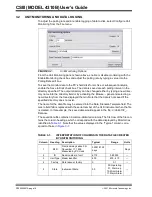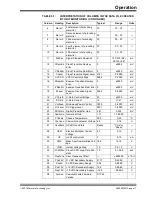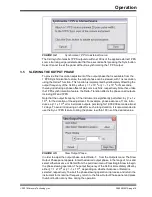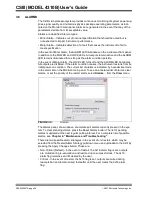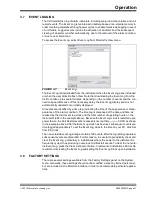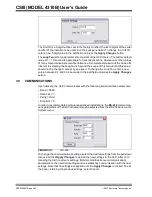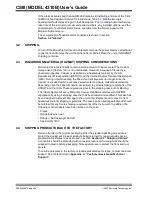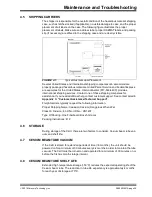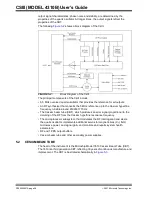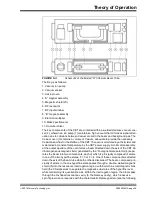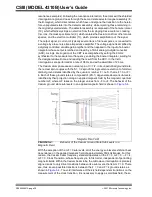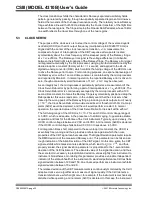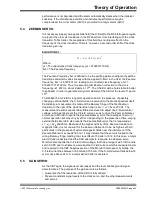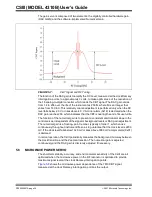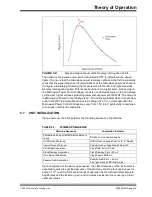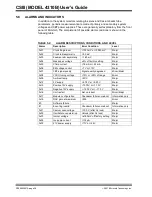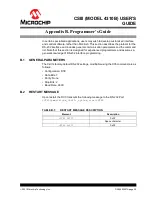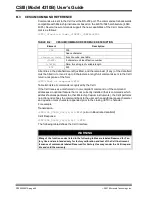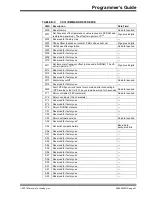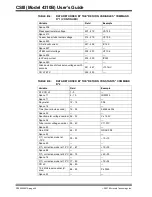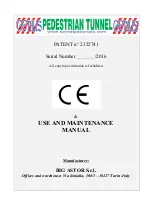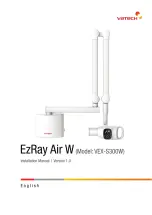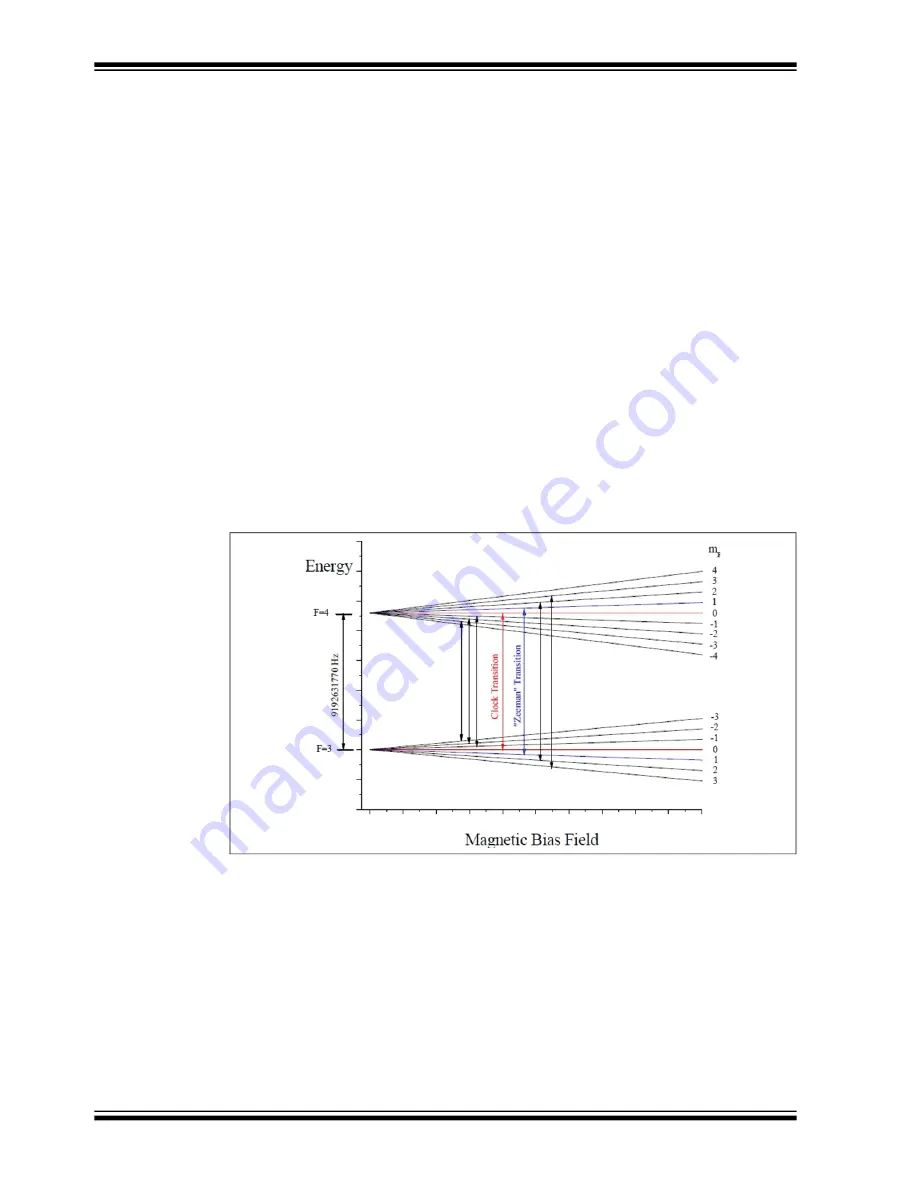
CSIII (MODEL 4310B) User’s Guide
DS50003057A-page 30
2021 Microchip Technology Inc.
resonance examples). Following the resonance interaction, the atoms exit the shielded
interrogation region and pass through the second state selector magnet assembly (8,
the B-magnet), which direct atoms which have undergone the transition to the hereto
-
fore unpopulated state into the detector assembly, while rejecting those remaining in
the originally selected state. The detector assembly is composed of the hot wire ionizer
(10), which effectively strips an electron from the impinging Cesium atoms, creating
Cs+ ions, the mass spectrometer (9), which isolates the Cesium ions from other atomic
species, and the electron multiplier (11), which provides amplification of the signal.
The output signal, a current of typically several tens of nano amperes, is converted to
a voltage by a low- noise trans-impedance amplifier. The voltage signal is amplified by
a digitally controlled variable gain amplifier and then applied to the input of a boxcar
integrator whose output is latched and read by a 16-bit analog-to-digital converter
(ADC). A single interrogation of the CBT is accomplished by setting the 9 GHz
synthesizer to the measurement frequency, enabling the boxcar integrator, waiting for
the designated dwell time, and reading the result from the ADC. In the CsIII,
interrogations are performed at a rate of 38 Hz and with a dwell time of 23 ms.
The Cesium atom possesses a nuclear spin of I = 7/2. In its unperturbed ground state,
the nuclear spin couples with the S = 1/2 spin of its single valence electron to form two
distinct ground states identified by the quantum number F = I ± S, that is F = 3 or F =
4. Each of these ground states is composed of (2F+1) degenerate Zeeman sub-levels,
identified by their projection along an applied magnetic field by the magnetic quantum
number mF, where mF takes on the integer values from –F to +F. The behavior of the
Cesium ground state sub levels in an applied magnetic field is shown in
.
FIGURE 5-4:
Behavior of the Cesium Ground State Sub Levels in a
Magnetic Field.
With the exception of the mF = 0 sub levels, all of the energy sub levels exhibit a linear
dependence on the applied magnetic field of approximately 350 kHz/Gauss. For this
reason, the Cesium beam frequency standard operates on the F = 3, mF = 0→ F = 4,
mF = 0, Clock Transition, whose frequency is, to first order, independent of perturbing
magnetic fields. Within the Cesium beam tube, the microwave interrogation is precisely
aligned so as to only drive transitions between like sub levels, that is Δm F = 0. There
are, thus, seven possible transitions between the F = 3 and F = 4 ground states, as
. To avoid interference of the six field-dependent transitions on the
measurement of the clock transition, it is necessary to apply a small bias field, the so
Summary of Contents for 4310B
Page 1: ...2021 Microchip Technology Inc Advance Information DS50003057A CSIII Model 4310B User s Guide...
Page 26: ...CSIII MODEL 4310B User s Guide DS50003057A page 26 2021 Microchip Technology Inc NOTES...
Page 38: ...CSIII Model 4310B User s Guide DS50003057A page 38 2021 Microchip Technology Inc NOTES...
Page 46: ...CSIII Model 4310B User s Guide DS50003057A page 46 2021 Microchip Technology Inc NOTES...
Page 48: ...CSIII Model 4310B User s Guide DS50003057A page 48 2021 Microchip Technology Inc NOTES...

